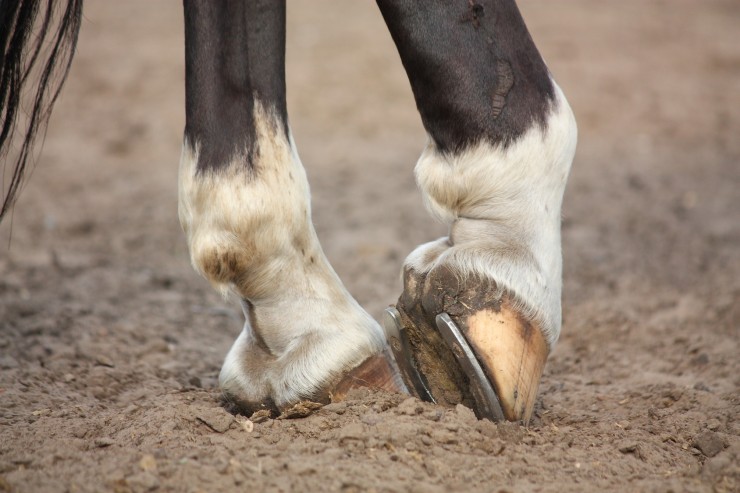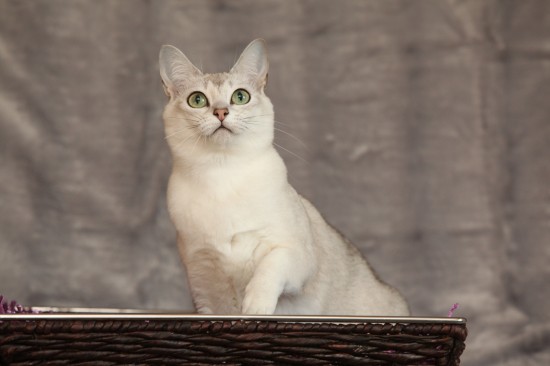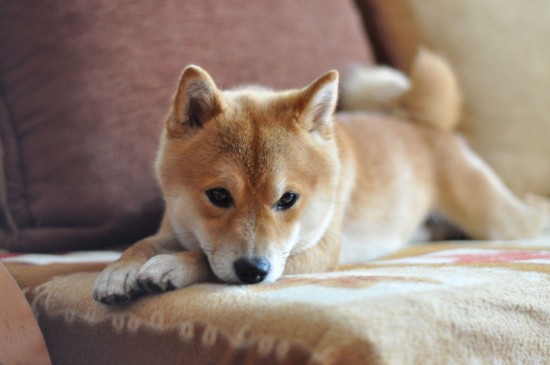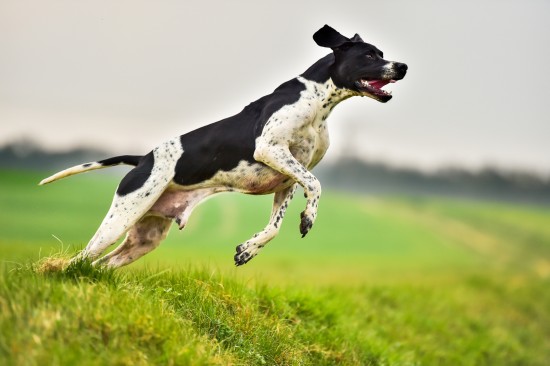

A horse’s hooves have to put up with quite a battering on a constant basis which can have a negative impact them. It's quite amazing they don't suffer all sort of hoof problems on a regular basis, but recent studies established that hooves are actually self-cleaning and it happens every time they place a hoof on the ground. This alone helps keep things healthy and bacteria at bay. However, problems start when this “self-cleaning” process is interrupted which often results in a nasty and very smelly condition known as thrush developing around the frog.
Thrush is a condition that affects the frog when bacteria takes hold which results in a rather smelly foot. The frog becomes covered in a black sludgy discharge which needs to be treated straight away otherwise it will affect the more sensitive tissues resulting in all sorts of problems which are often harder to treat.
Most people think thrush is a condition that horses develop because they are kept in unhygienic conditions, but this is not always the case. In fact, the culprit is more often when the naturally “self-cleaning” process when a horse puts a hoof to the ground is interrupted. It allows debris and gunk to build up in the foot and more especially around the frog that an infection can take hold, but chronic lameness and incorrect trimming as well as failing to pick hooves out on regular basis can contribute to horse developing thrush too.
When chronic lameness is to blame, it's typically caused by a heel problem which causes decreased weight bearing on a particular leg or legs and this prevents the self-cleaning process from happening. The fact there is less expansion of the heel when a horse places a foot on the ground decreases any wear on a horn wall and as a result the heel grows longer while the frog shrinks back into the sole. Dirt and debris can then accumulate on either side of the frog often getting stuck very deep in the narrower cavities which is the perfect environment for bacteria to thrive.
If a horse's hooves are not regularly and correctly trimmed, it leads to an imbalance caused by the fact that heels grow too long. This results in an accumulation of debris around the frog which creates the perfect environment for bacteria to take hold and the result is a very smelly foot. Regularly picking out a horse's feet is essential whether they are in work or not because it prevents an accumulation of debris in the foot, but it also means you can pick up on the problem sooner rather than later. Other ways to reduce the risk of thrush developing include the following:
Although thrush is pretty stinky, it's a condition that's relatively easy to treat as long as you catch it early. With this said, it's essential to find out what is causing the problem is the first place and to put this right otherwise the condition will just come back even after you've successfully treated it. Once the cause has been identified a vet or farrier would then recommend the best way of treating an affected foot.
A horse with the condition should be kept in a clean and dry environment. Affected frogs need to be trimmed back so that all infected areas are removed which a farrier or a vet would do using a hoof knife and a pair of nippers. It's essential that any deeper cracks and/or crevices around the frog be thoroughly and meticulously cleaned to get rid of any gunge and bacteria found in them. The best tool for this job is a wire brush which effectively takes away all necrotic material that's typically found around the frog when a horse develops thrush.
Antibacterial solutions prove very effective at killing off most thrush organisms with a solution of iodine mixed with water to a ratio of 2% being one of the best treatments for thrush. The solution needs to be sprayed onto the affected frog, but this needs to be done very carefully because if any of the solution gets on the skin around the hoof it would cause a nasty irritation. It is far better to use a little of the solution directly on the problem area rather than to cover the whole sole which could end up causing other problems.
In very severe cases, an affected foot might need to be bandaged in order to keep it clean. You may even have to soak the foot in an antiseptic solution on a daily basis remembering that iodine only has a short-term effect. Sometimes the frog is so badly affected that it peels away altogether in which case a foot bandage is essential to protect it until the infection clears up. However, it's also important for a bandaged foot to breathe which means using one that is “breathable”.
Thrush is a rather smelly infection that attacks the frog in a horse's hoof. Preventing the condition from taking hold means regularly and frequently picking out a horse's feet and to ensure they are correctly trimmed on a regular basis. Identifying there is a problem early means getting on top of the bacterial infection before it really takes hold and before it damages both the frog and more sensitive tissues found around it. If you have any concerns, you should discuss things with either a farrier or a vet who would recommend the best and fastest way of treating the condition before too much damage is done to the frog.
 Is A Burmilla The Right Cat For You?
Is A Burmilla The
Is A Burmilla The Right Cat For You?
Is A Burmilla The
 Coccidia In Dogs
Coccidia In Dogs
Coccidia In Dogs
Coccidia In Dogs
 Pointer Dog Hereditary Health And Health Testing
Pointer Dog Hered
Pointer Dog Hereditary Health And Health Testing
Pointer Dog Hered
 How to build a functional chicken coops or a chicken house?
How to build a functional chicken coops or a chicken house
How to build a functional chicken coops or a chicken house?
How to build a functional chicken coops or a chicken house
 Breeding From Your Dog - Caring For The Dam After The Birth
Breeding From You
Breeding From Your Dog - Caring For The Dam After The Birth
Breeding From You
Copyright © 2005-2016 Pet Information All Rights Reserved
Contact us: www162date@outlook.com